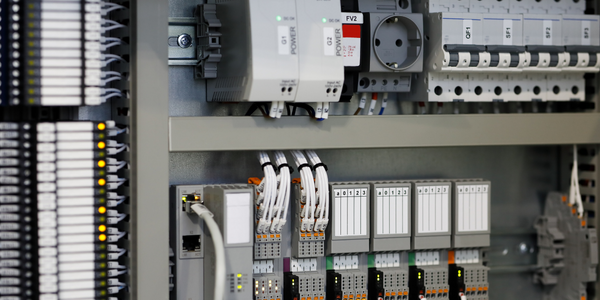Integrated Business and Retail Planning at Edeka: A Case Study
- Platform as a Service (PaaS) - Application Development Platforms
- Sensors - Level Sensors
- Consumer Goods
- Retail
- Logistics & Transportation
- Procurement
- Retail Store Automation
- Theft Detection
- System Integration
- Training
EDEKA Northern Bavaria-Saxony-Thuringia, a regional group of the EDEKA network, was facing challenges with its legacy planning systems. The company, which supplies around 900 retail stores, was dealing with increasing data volumes and growing requirements that its existing systems could not handle. The company's Excel-based planning processes were also proving to be inadequate, with employees spending more time preparing the data than analyzing the information it contained. The company's legacy planning system was unable to handle demands such as displaying tour utilization or logistics packing densities, and performance was no longer sufficient for smooth operation. The company was also facing issues with data loading times, which could take up to 24 hours for larger amounts of data from SAP. These challenges led the company to seek a new, more powerful solution for planning, reporting, and analysis.
EDEKA Northern Bavaria-Saxony-Thuringia is one of seven regional groups of companies in the EDEKA network, headquartered in Rottendorf, Germany. The company supplies around 900 retail stores in Franconia, the Upper Palatinate, Saxony, Thuringia, and northern Baden-Württemberg, making it the region's largest local food supplier. The company's success is based on the interplay of around 4,000 independent merchants throughout Germany who operate their stores under the umbrella of the cooperative EDEKA network. These merchants are supported by the regional groups, which supply them with goods as wholesalers, generate space as real estate developers, and build EDEKA stores for onward leasing. The regional groups also act as service providers, supporting the back office of the retail stores by offering a range of services including merchandise management, payroll accounting, data protection, and occupational safety.
After an intensive selection process, EDEKA chose the Board Intelligent Planning Platform to revolutionize its approach. The Board platform was chosen for its technical maturity, performance, and features such as BEAM (Board Enterprise Analytics Modeling) for simulation and data prediction functions. The platform also offered predictive and advanced analytics based on intelligent algorithms. The Board team's experience in the retail sector was another factor in its selection. The Board platform was installed as an on-premise solution in EDEKA's own data center, allowing sensitive data to be kept in-house. The company implemented a coaching model, with Board's Professional Services Team supporting the implementation and training employees simultaneously. The company began by setting up P&L planning and wholesale planning in Board, followed by reporting and logistics planning. The company is now working on rental planning for its properties and investment planning in conjunction with SAP's Asset Manager.
Related Case Studies.
.png)










